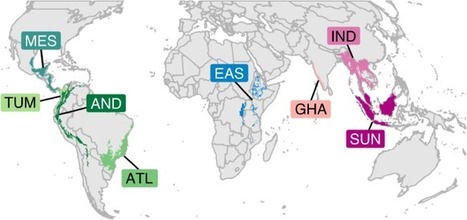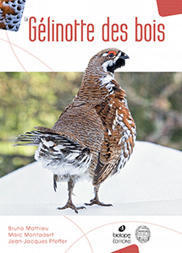Recent declines of many European bird species have been linked with various environmental changes, especially land-use change and climate change. Since the intensity of these environmental changes varies among different countries, we can expect geographic variation in bird population trends. Here, we compared the population trends of bird species among neighbouring countries within central Europe (Czech Republic, Denmark, Germany, Switzerland) between 1990 and 2016 and examined trait-associations with population trends at both national and international scales. We found that Denmark had the highest proportion of declining species while Switzerland had the lowest.
Research and publish the best content.
Get Started for FREE
Sign up with Facebook Sign up with X
I don't have a Facebook or a X account
Already have an account: Login
Revue de presse et du net par le Pôle de partage des connaissances S&T de l'Office français de la biodiversité
Curated by
DocBiodiv
 Your new post is loading... Your new post is loading...
 Your new post is loading... Your new post is loading...
|
|















Diana Bowler, Raja Richter, Daniel Eskildsen, Johannes Kamp, Charlotte M. Moshøj, Jiří Reif, Nicolas Strebel, Sven Trautmann, Petr Voříšek, Geographic variation in the population trends of common breeding birds across central Europe, Basic and Applied Ecology,2021, https://doi.org/10.1016/j.baae.2021.07.004